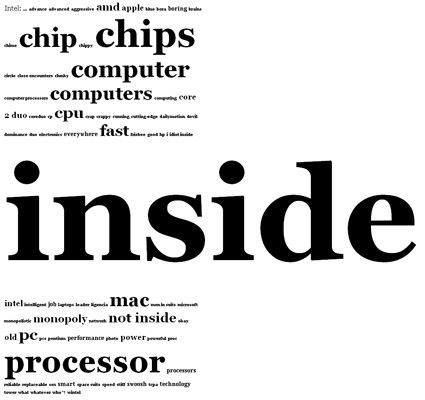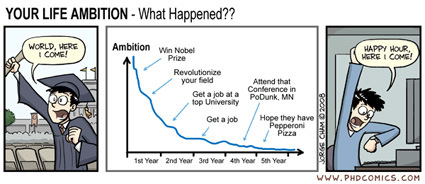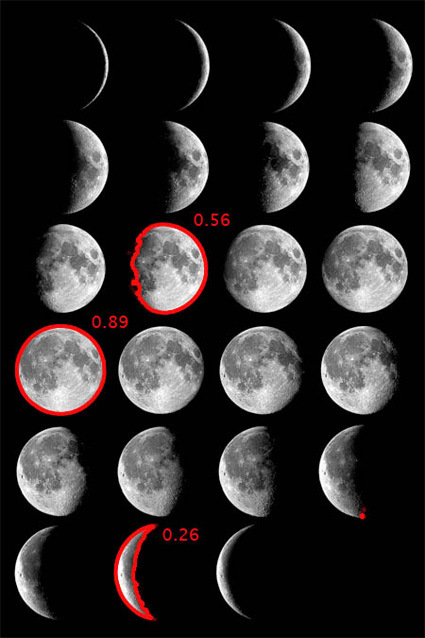Here’s for all you lexophiles:
1. A bicycle can’t stand alone; it is two tired.
2. A will is a dead giveaway.
3. Time flies like an arrow; fruit flies like a banana.
4. A backward poet writes inverse.
5. In a democracy it’s your vote that counts; in feudalism, it’s your Count that votes.
6. A chicken crossing the road: poultry in motion.
7. If you don’t pay your exorcist you can get repossessed.
8. With her marriage she got a new name and a dress.
9. Show me a piano falling down a mine shaft and I’ll show you A-flat miner.
10. When a clock is hungry it goes back four seconds.
11. The guy who fell onto an upholstery machine was fully recovered.
12. A grenade fell onto a kitchen floor in France resulted in Linoleum Blownapart.
13. You are stuck with your debt if you can’t budge it.
14. Local Area Network in Australia : The LAN down under.
15. He broke into song because he couldn’t find the key.
16. A calendar’s days are numbered.
17. A lot of money is tainted: ‘Taint yours, and ‘taint mine.
18. A boiled egg is hard to beat.
19. He had a photographic memory which was never developed.
20. A plateau is a high form of flattery.
21. The short fortuneteller who escaped from prison: a small medium at large.
22. Those who get too big for their britches will be exposed in the end.
23. When you’ve seen one shopping center you’ve seen a mall.
24. If you jump off a Paris bridge, you are in Seine.
25. When she saw her first strands of gray hair, she thought she’d dye.
26. Bakers trade bread recipes on a knead to know basis.
27. Santa’s helpers are subordinate clauses.
28. Acupuncture: a jab well done.
29. Marathon runners with bad shoes suffer the agony of de feet.









